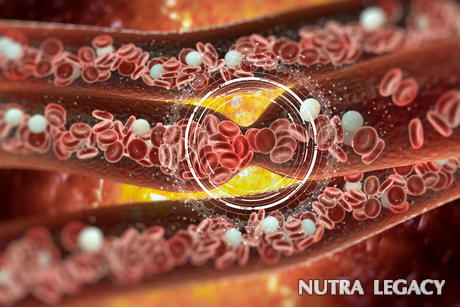What is Varicose Veins – Blood Clots Correlation?
Varicose veins are enlarged or twisted veins that are often found visible in the legs, thighs and feet. They are caused by a number of variables from heredity, elevated estrogen levels, pregnancy, extreme sports exertion, lack of exercise and an overweight condition. More recent studies have shown that, while unsightly, there is a correlation between varicose veins blood clots and other more serious medical conditions.

Many people that have varicose veins also experience other problems such as pain, swelling, a feeling of heaviness or tiredness in the legs. These symptoms can be problematic of a disorder known as superficial phlebitis. A study has shown that one in four people that experience superficial phlebitis can also have superficial vein thrombosis (SVT). Another disorder that should be considered a much higher risk is deep venous thrombosis (DVT).
DVT affects the deeper vein area inside the lower leg and thigh and can involve blood clots. DVT is a very serious condition when left untreated as the blood clots can break off and enter the circulatory system. When this happens, it can enter into the heart and stop the heart from its function or lodge in the lungs. Both are life threatening situations.
Symptoms of DVT can include: Skin color changes, from red to sometime pale; pain, tenderness or increased warmth in one leg; swelling, also known as edema in one leg.
The baseline explanation of what are varicose veins also explains the correlation between varicose veins blood clots. When the veins twist or enlarge, it doesn’t allow proper blood flow. In extreme cases, the blood, in essence, can become stagnant and will cause what is known as reflux or flowing backwards of the blood. When this happens, the veins enlarge even more with a potential for the blood to not only clot, but the veins to push out against the skin. The veins can then not only appear to look worse, but the vein walls become thinner. The skin can ultimately ulcerate. Medical assistance should be sought out when any varicose vein condition worsens to the point of increased pain and swelling.
The medical community is beginning to view varicose veins in more than just a condition of getting older. Monitoring the status of varicose veins includes any changes of color, pain or leg swelling, enlargement of vein size. Major changes in varicose veins are now looked at as a potential hazard for future blood clotting potential.
Varicose veins should not be confused with spider veins, which are discolored veins near the surface of the skin that may turn blue or reddish in tone. These rarely cause any physical discomfort and can be addressed with a variety of non-invasive techniques.
Anyone that experiences changes in varicose vein condition or have concerns about the growth of their varicose veins should seek medical counsel. There are a number of pharmaceutical drugs available on the market that can assist in the diagnosis as well as alternative therapies for conditions that are not as severe.
The information supplied in this article is not to be considered as medical advice and is for educational purposes only.
|
 17 Jun 2010 17 Jun 2010 |

My grandmother still has trouble with blood circulation, so she tries to put pillows underneath her legs while she sleeps. She says it actually helps.July 1st, 2010 at 3:02 pm